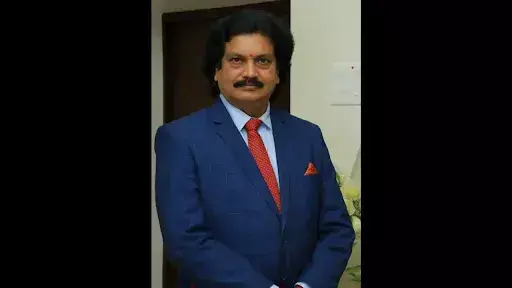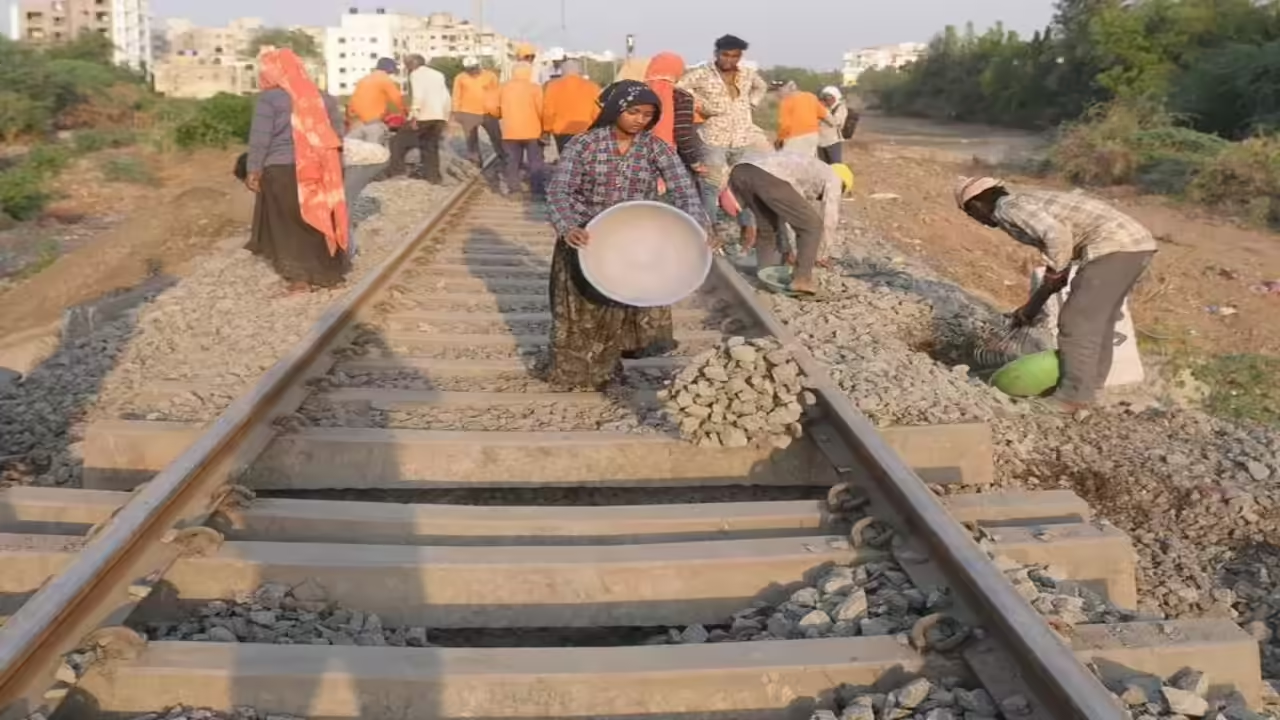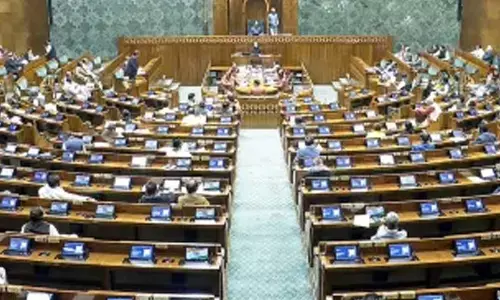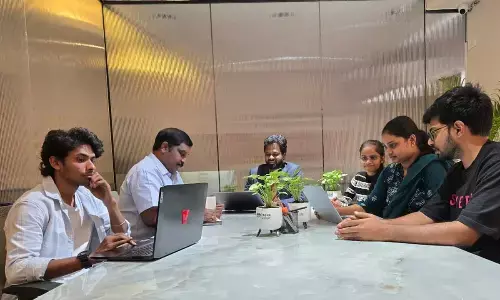Maha win or loss will define PM's economic game plan

Maha Win or Loss Will Define PM\'s Economic Game Plan. Narendra Modi may or may not have cause for cheer on October 19 when election results to the Maharashtra and Haryana assemblies will be out, but whatever the outcome, he now has to focus on the economy.
Win or lose, Modi has to shift focus to the economy. Plan A is the bold plan of economic and legislative reforms based on the expectation that both Maharashtra and Haryana will strengthen him politically. Plan B is the minimum-that-needs-to-be done plan, based on the assumption that there will be shocks in Maharashtra which will constrain him politically in Delhi (allies acting pricey, opposition getting more active, etc). In this event, the government will have to rely more on administrative action to get the economy moving faster
Narendra Modi may or may not have cause for cheer on October 19 when election results to the Maharashtra and Haryana assemblies will be out, but whatever the outcome, he now has to focus on the economy.
.jpg)
In India, the political timetable is always in conflict with economic imperatives. After Maharashtra and Haryana, it will be time for Jharkhand, Jammu & Kashmir and Delhi. After that, by end-2015, there will be the big one in Bihar. Thus far, if business and markets have been willing to cut the government some slack for belying expectations, it is because they know Modi means business and they were keen on seeing him consolidate his political gains of May 2014. But they will not wait indefinitely for action.
Modi, therefore, needs to stop thinking politics and shift focus to economics. He needs not one, but two plans for the economy. And his window for action started on 15 October and will extend not much beyond February-end 2015. Just over four months. Plan A is the bold plan of economic and legislative reforms based on the expectation that both Maharashtra and Haryana will strengthen him politically. Plan B is the minimum-that-needs-to-be done plan, based on the assumption that there will be shocks in Maharashtra which will constrain him politically in Delhi (allies acting pricey, opposition getting more active, etc). In this event, the government will have to rely more on administrative action to get the economy moving faster.
India cannot defeat poverty with 5-6 percent growth; it needs 7-10 percent growth so that Centre and States have enough resources to invest in infrastructure, education, skill building, health and nutrition. We also need this kind of growth to build up our defences, our internal security apparatus, our regulatory system, and to modernise our legal system to deliver justice faster.
Against this backdrop, this is what Plan A should look like.
Major legislative changes need to be made to the Land Acquisition, Right to Education, Food Security, MGNREGA, and labour laws in order to move the economy to a much higher growth path after a year or two. The Coal Mines Nationalisation Act needs to be repealed, and the oil sector needs to be deregulated. The goods and services tax (GST) needs to be prioritised.
Plan A should seek to make big changes in these laws so that they lose their growth-retarding capabilities without diluting their social impact. The idea should be to get the Lok Sabha to approve them, and then see how much consensus can be built in the Rajya Sabha, where the government is in a very weak position. The high-road plan should also include a very business- and market-friendly budget for 2015-16, complete with partial or full privatisation of some banks, and parts of the railways and public sector undertakings. Plan A should also abolish all centrally-funded schemes and make the money currently available conditionally to states to be converted strings-free grants. States will rejoice. But what if the BJP comes a cropper in Maharashtra, and is seen to do not so well in Haryana? This is where Plan B becomes important. Plan B has to be a mix of political economy moves intended to seize the initiative back for the centre even while steadily pushing forward the reforms agenda through administrative action.
This is what Plan B would look like. The legislative plan would be the same as Plan A, but may be delayed as consensus will have to be built and may take months – even years - to execute.
But a small remedy is at hand. All the laws that parliament cannot pass should now be left to the States with a central guarantee that any law in the concurrent list passed by States will be cleared by the Centre without fuss (as Article 254(2) allows). This announcement will not be opposed by any State, and the idea is to shift the onus of reform to States. Once some states do it, others will be forced to follow.
The BJP strategy should shift from letting the Centre decide the pace of reform to letting the States decide it. The Centre should refuse to play its traditional speed-breaking role. Plan B would focus more on administrative actions that signal reforms, without needing major legal changes.
Under Plan B, the budget would assume a larger focus, since budgets can’t be blocked in the Rajya Sabha. The BJP has enough strength in the Lok Sabha to get it passed on its own, even without allies. Key changes would have to come from tax and related changes, including GST and tax breaks to spur investments in infrastructure, renewable energy, savings, etc. FDI would have to become the norm in all sectors.
Among key administrative actions, the government will have to free oil prices faster, and let coal prices float to let public sector Coal India generate the surpluses needed for investment.
Subsidies would have to be cut, and the best way would be to eliminate spurious beneficiaries by linking claims to Aadhaar identification. Win or lose, Modi has to shift focus to the economy. He needs to get both Plan A and Plan B ready. While the plans have overlaps, both plans are vital since they can be pushed depending on how the political winds develop post 19 October. One is not a substitute for the other. Which one should be given priority would depend on political calculations.














